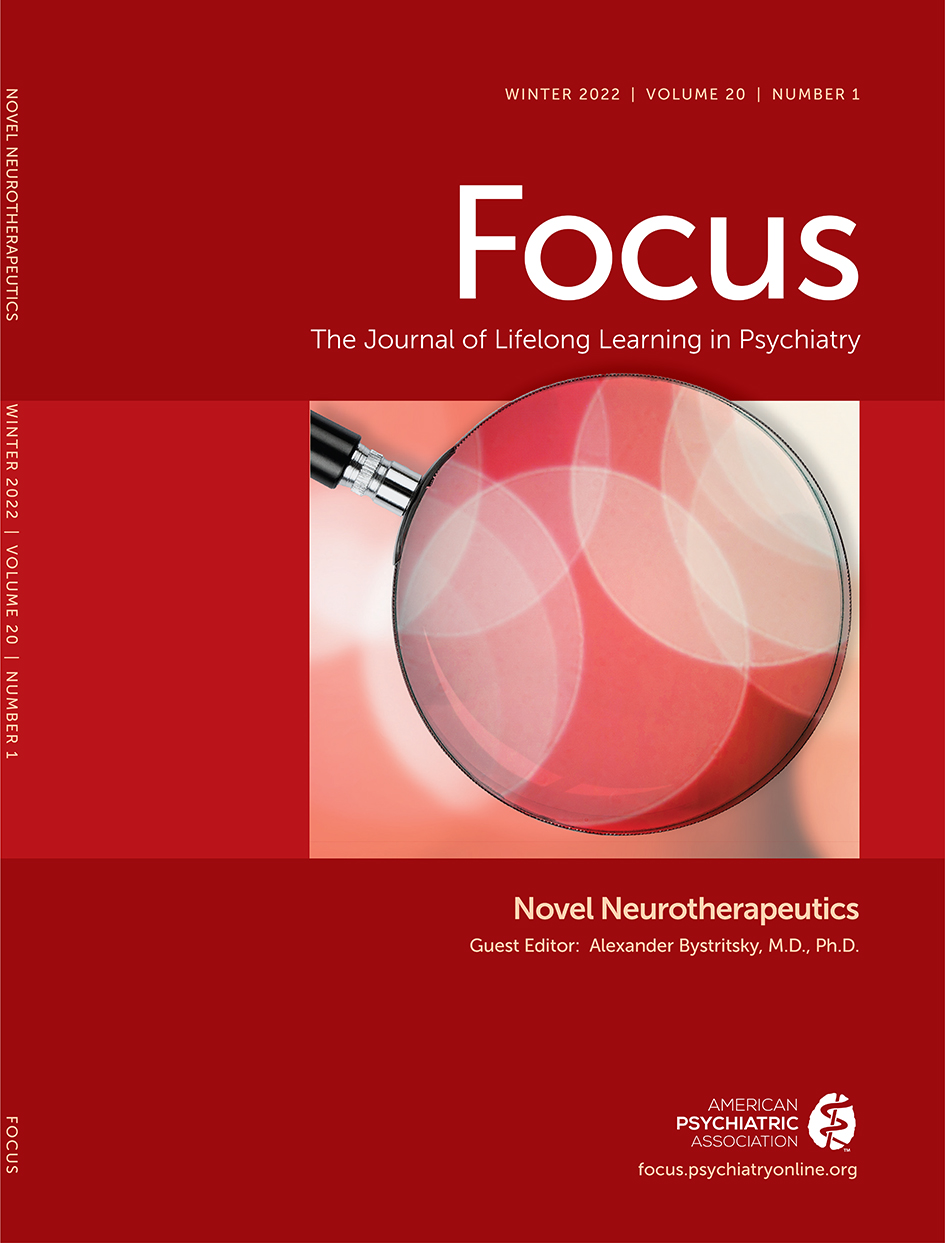Sonication of the Anterior Thalamus With MRI-Guided Transcranial Focused Ultrasound (tFUS) Alters Pain Thresholds in Healthy Adults: A Double-Blind, Sham-Controlled Study
Abstract
Background:
Transcranial focused ultrasound (tFUS) is a noninvasive brain stimulation method that may modulate deep brain structures. This study investigates whether sonication of the right anterior thalamus would modulate thermal pain thresholds in healthy individuals.
Methods:
We enrolled 19 healthy individuals in this three-visit, double-blind, sham-controlled, crossover trial. Participants first underwent a structural MRI scan used solely for tFUS targeting. They then attended two identical experimental tFUS visits (counterbalanced by condition) at least one week apart. Within the MRI scanner, participants received two, 10-min sessions of either active or sham tFUS spread 10 min apart targeting the right anterior thalamus [fundamental frequency: 650 kHz, Pulse repetition frequency: 10 Hz, Pulse Width: 5 ms, Duty Cycle: 5%, Sonication Duration: 30s, Inter-Sonication Interval: 30 s, Number of Sonications: 10, ISPTA.0 995 mW/cm2, ISPTA.3 719 mW/cm2, Peak rarefactional pressure 0.72 MPa]. The primary outcome measure was quantitative sensory thresholding (QST), measuring sensory, pain, and tolerance thresholds to a thermal stimulus applied to the left forearm before and after right anterior thalamic tFUS.
Results:
The right anterior thalamus was accurately sonicated in 17 of the 19 subjects. Thermal pain sensitivity was significantly attenuated after active tFUS. The pre-post x active-sham interaction was significant (F(1,245.95) = 4.03, p = .046). This interaction indicates that in the sham stimulation condition, thermal pain thresholds decreased 1.08°C (SE = 0.28) pre-post session, but only decreased .51°C (SE = 0.30) pre-post session in the active stimulation group.
Conclusions:
Two 10-min sessions of anterior thalamic tFUS induces antinociceptive effects in healthy individuals. Future studies should optimize the parameter space, dose and duration of this effect which may lead to multi-session tFUS interventions for pain disorders.
(Appeared originally in Brain Stimulation 2020; 13:1805–1812)
Reprinted with permission from Elsevier



